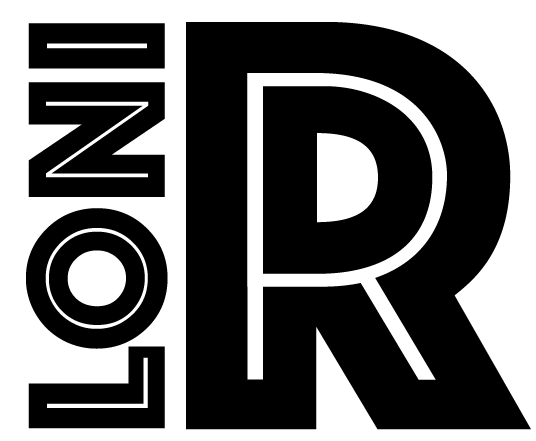The STG is traced in two defined segments: the anterior and posterior segments. Tracing is done primarily in the coronal view. Using the object model, in the side view, the Superior Temporal Sulcus (parallel sulcus) and the Sylvian fissure are determined. These landmarks will serve as the inferior and superior boundries of the Superior Temporal Gyrus (STG) respectively (Fig. 1). After the Sylvian Fissure(SF) and Superior Temporal Sulcus (STS) have been determined on the object model, the SF and STS are then located on the coronal view, using the object model as a guide.
- Tracing begins in the coronal viewing plane as soon as the temporal lobe begins to appear (Fig. 2). The entire gyrus is traced, in continuing slices, a straight line is drawn at the top and the bottom of the gyrus connecting the Superior Temporal Sulcus with the Sylvian Fissure (Fig. 3). The object model is used as an additional reference to ensure that only the gyral region between the STS and the SF is being traced. At times the STG appears as a double gyrus, this is why the object model serves as a good reference.
- When the MTG begins to form (Fig. 4), use the object model to locate STS in the coronal view and follow the sulcus from the top to the bottom of the gyrus. Continue to follow the SF as before, connecting the two lines at the top and bottom of the gyrus (Fig. 4). This process is continued until the limen insulae and uncus form. At this point (Fig. 5), the gyrus is traced from the tip of the Superior Temporal Sulcus to the Sylvian Fissure at the point where the limen insulae is located. The sagittal view is used as well to ensure that tracing is done in between the sulcul landmarks(Fig. 6).
- The posterior boundary of the anterior portion of the STG is the appearance of the mammilary bodies. The anterior segment of the STG ends at the slice just before the mammilary bodies are visable(Jacobsen et al, 1998) (Fig. 7 and Fig. 8). The posterior portion of the STG is traced as before until the appearance of Heschl’s Sulcus (HS) or the Transverse Sulcus(Fig. 9). Tracing stops at Heschl’s Gyrus (HG) and a straight line is drawn from the anterior portion of HG to the STS. HG is not included in the STG (Fig. 10 and Fig. 11). As HG moves medially, the SF again becomes the superior boundary (HG is not included). When HG is no longer visable, the gyrus is traced to the point of the insular cortex and a straight line is drawn to meet the STS (Fig. 12).
- Moving more posterior, it may appear that the STG is merging with the middle temporal gyrus (Fig. 13) and the supramarginal gyrus (Fig. 14). The sagittal view and object model is used to decipher the SF and the STS; and tracing continues in the coronal view.
If in the sagittal view the SF cannot be determined, use the object model. Following the horizontal branch of the SF, continue drawing in the coronal view.
The posterior segment of the STG ends at the junction where the horizontal ramus of the Sylvian Fissure and the ascending ramus of the Superior Temporal Sulcus meet. If no ascending ramus of the Superior Temporal Sulcus is seen, a straight line is drawn from the endpoint of the horizontal ramus of the Sylvian Fissure down to the Superior Temporal Sulcus.



